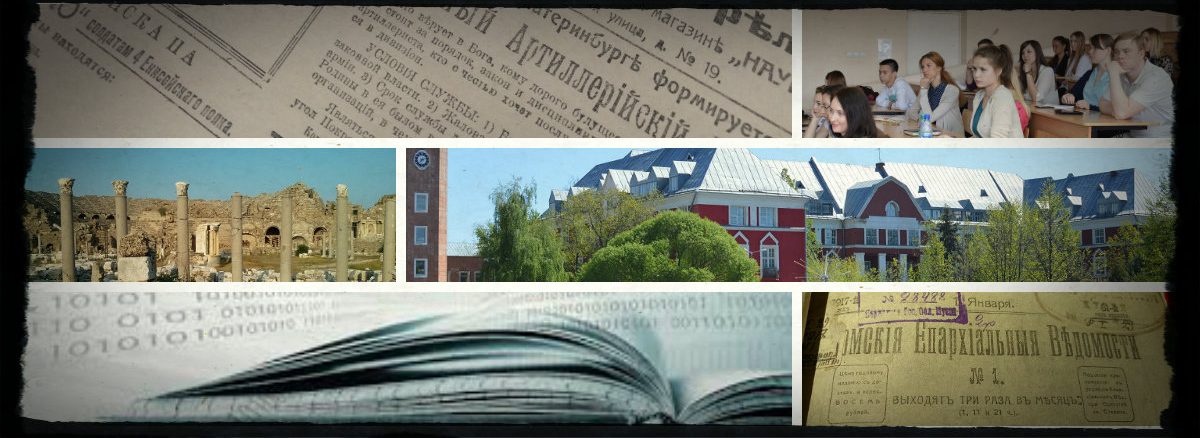Ключевое слово: Database
Dino Buzzetti, Andrea Tabarroni. Database edition of non-collatable textual traditions
Обзор ProQuest.Patrologia Latina Database
K. S. B. Keats-Roha. Historical text archives and prosopography: the COEL database system
The COEL database and database software, a combined reference and research tool created by historians for historians, is presented here through Screenshots illustrating the underlying theoretical model and the specific situation to which that has been applied. The key emphases are upon data integrity, and the historian's role in interpreting and manipulating what is often contentious data. From a corpus of sources (Level 1) certain core data are extracted for separate treatment at an interpretive level (Level 3), based upon a master list of the core data (Level 2). The core data are interdependent: each record in Level 2 is of interest in itself; and it either could or should be associated with an(other) record(s) as a specific entity. Sometimes the sources are ambiguous and the association is contentious, necessitating a probabilty-coding approach. The entities created by the association process can then be treated at a commentary level, introducing material external to the database, whether primary or secondary sources. A full discussion of the difficulties is provided within a synthesis of available information on the core data. Direct access to the source texts is only ever a mouse click away. Fully query able, COEL is formidable look-up and research tool for users of all levels, who remain free to exercise an alternative judgement on the associations of the core data. In principle, there is no limit on the type of text or core data that could be handled in such a system.
The Leeds Verse Database (BCMSV)
The Leeds Verse Database (BCMSV) contains detailed information about individual items of English poetry contained in the 17th and 18th-century manuscripts from the Brotherton Collection. The database indexes over 6600 poems from more than 160 manuscripts. A list of the BCMSV manuscripts is available.
Источник описания
This project has a "special collections" historical literature and images.
